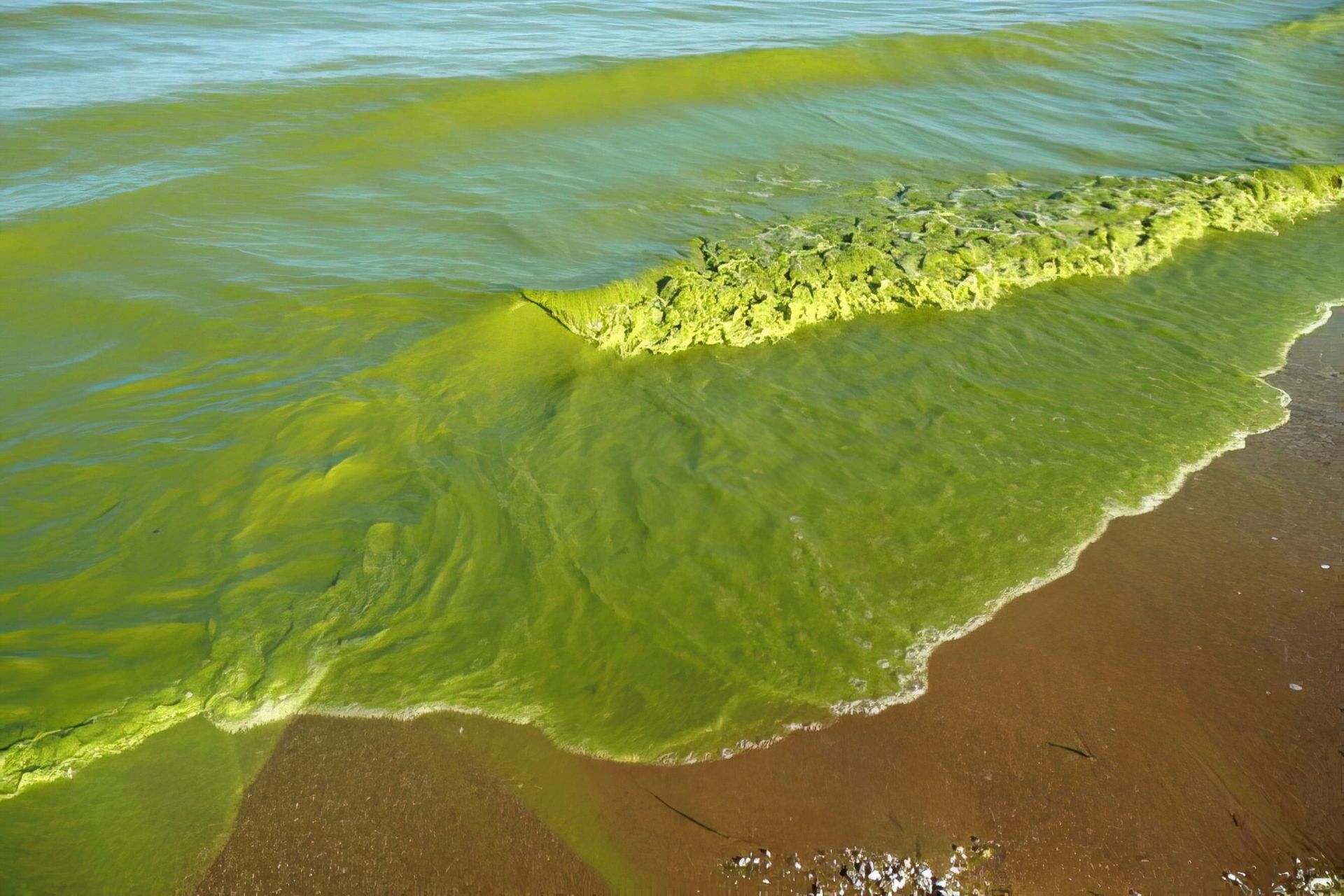AgroInsights- Regenerative Ag
Advancement of Technology in Ag Production

Jon Craig, Kentucky District Sales Manager
Recently, I had the pleasure of listening to a very bright gentleman talk about sales strategy and reflection. It was there I received a very beneficial piece of advice to take time to reflect on experiences you encounter. Whether it be at a farming operation, a sales call, or a walk in a customer’s field to evaluate crop/product performance, I should take a moment when I am finished to reflect on what just took place. So, as it goes, I find myself reflecting more and more about the advancement of technology we farmers have at our disposal today versus 50 years ago.
Living in Southern Ohio, I have been fortunate to see some of these advancements firsthand. I can remember being little and watching farmers plant corn with a 4-row planter, and now I know several farmers with 24-row corn planters. There are antique equipment shows held locally to display old cultivating tractors that farmers used to operate for a form of weed control in season. Now, there are giant self-propelled sprayers with 120 ft booms to control weeds. Granular Fertilizers used to be broadcast applied or applied with a planter; now we have liquid fertilizer on the planter and many different options to distribute the liquid: In-Furrow, 2x2, 3x1, 2x0, etc.
In Ohio, if you are in agriculture, you have probably heard about the Lake Erie Water Shed and the Algal Blooms associated with phosphorous fertilizer surface run-off. This is a problem not only in Ohio but also in other states across North America and not just tied to phosphorus. Thankfully for us, we have advancements in technology to offer different forms of fertility and have the ability to place it by the seed or root system for optimum uptake and usage. The options we have at our disposal now, from planter-applied liquid fertilizer to y-drops for in-season fertility, give us as farmers the ability to still supply the nutrients our crops need and decrease the amount of broadcasted dry (DAP/MAP) fertilizers that could contribute to water contamination.
NACHURS has thrived over the last 75 years, building and manufacturing low-salt, high-quality ortho phosphate starter solutions to be applied through various types of planter applications. In some instances, growers are able to apply enough liquid phosphorus fertilizer through their planters or side-dress rigs that there is no longer a need to apply broadcast dry (DAP/MAP) fertilizers to supply nutrition for a crop. This is part of a solution to help with the ongoing Lake Erie Water Shed problem.
Change is hard and sometimes expensive. NACHURS has partnership programs with Precision Planting and 360 Yield to help ease the burden of these planter changes. However, if you are concerned about fertilizer surface runoff or just want to reflect on how you supply your crop with nutrition, we at NACHURS are here to help. Please contact your local sales rep for information.
More information on protecting our water sources with smart ag practices this is what the USDA has to say:
A Delicate Balance: Enriching Our Land, Protecting Our Water
Contact your local NACHURS® rep or retailer for more information.












